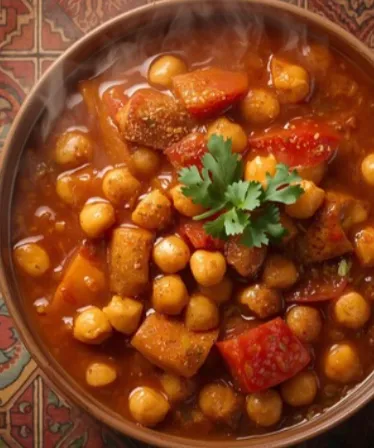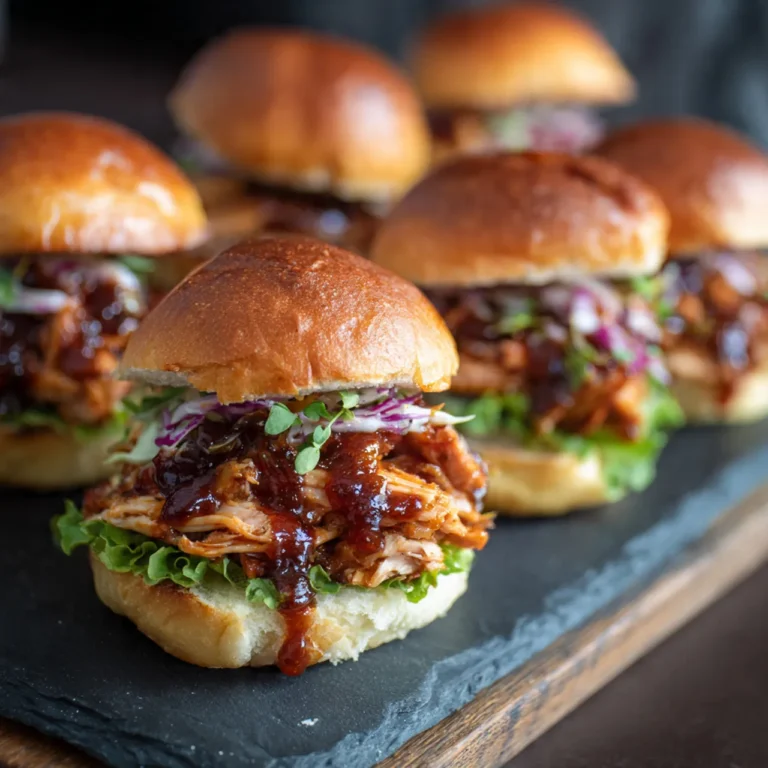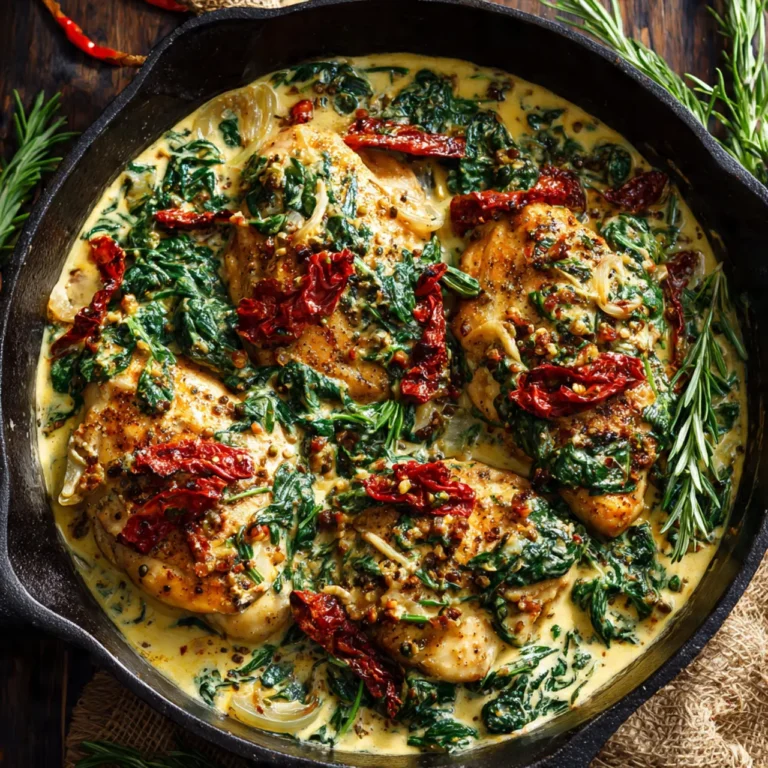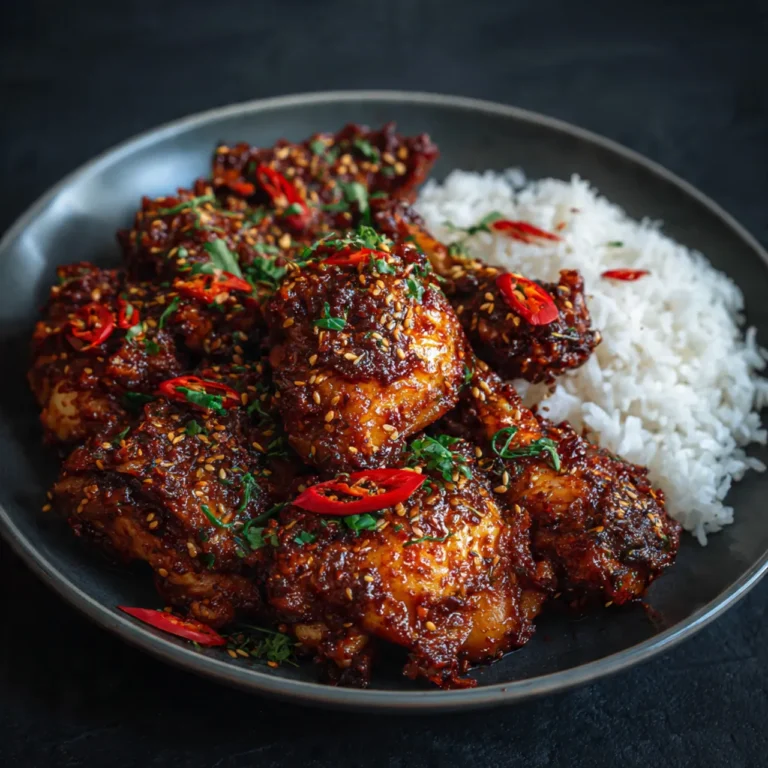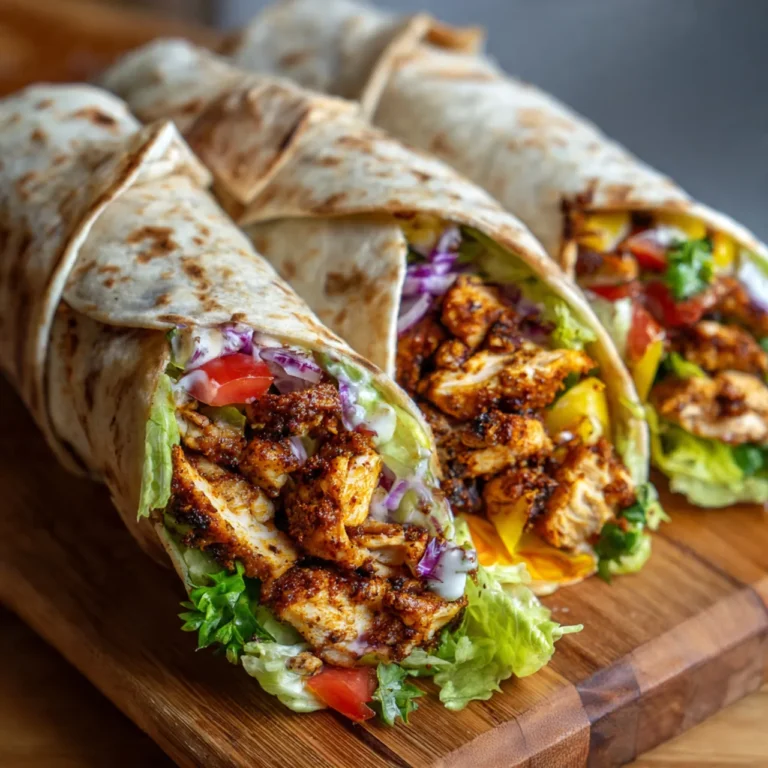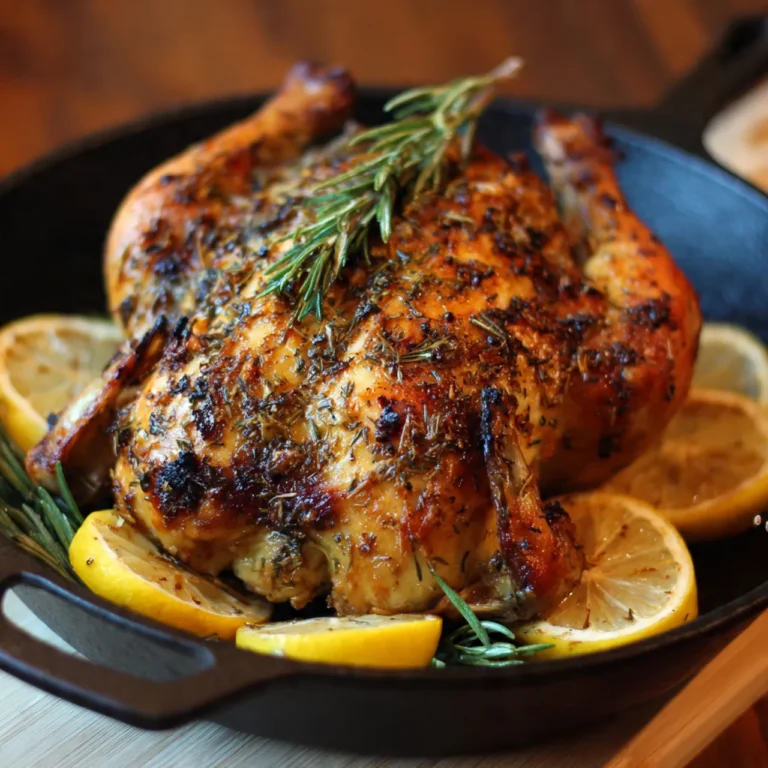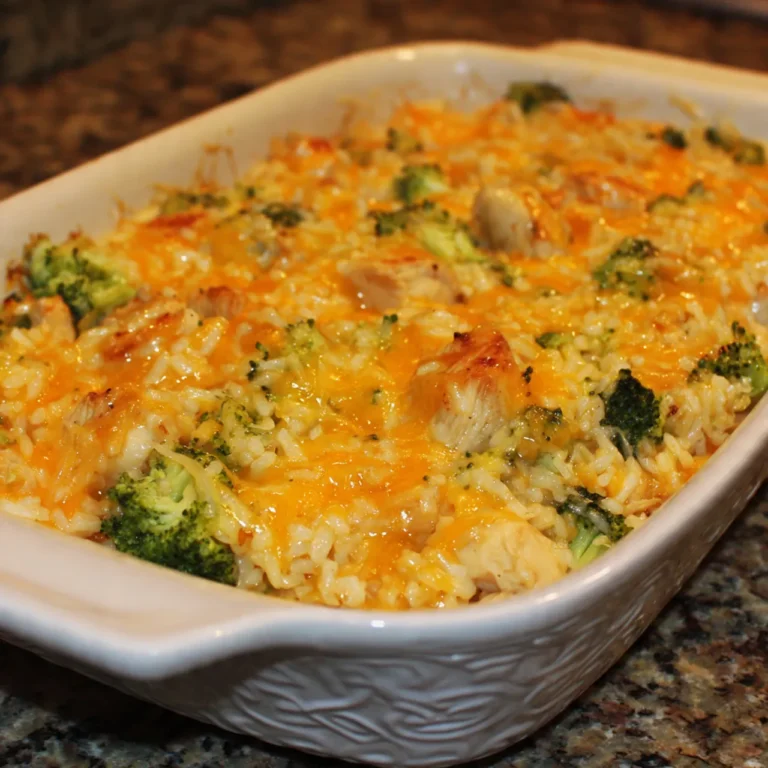Few dishes capture the essence of comfort, tradition, and nutrition quite like Moroccan Chickpea Stew. This dish is more than just a recipe—it’s a cultural experience, a balance of warm spices, earthy legumes, and vibrant vegetables that reflect the soul of Moroccan cuisine. Whether you are looking for a wholesome family dinner, a meal prep option, or an exotic dish to impress guests, Moroccan Chickpea Stew checks every box.
In this detailed guide, we will explore everything about Moroccan Chickpea Stew: its history, nutritional benefits, variations, cooking methods, serving tips, and a step-by-step authentic recipe. By the end, you’ll not only know how to prepare it but also understand why it has become a favorite in kitchens worldwide.
Why Moroccan Chickpea Stew Is So Popular
The popularity of Moroccan Chickpea Stew has skyrocketed in recent years, especially among health-conscious eaters, vegans, and home cooks who enjoy global flavors. Here are a few reasons why:
- Nutrient-Dense & Balanced – Chickpeas are an excellent source of plant-based protein and fiber, making the stew hearty and filling. Combined with vegetables and spices, it offers a well-rounded meal.
- Naturally Plant-Based – This stew is often vegan-friendly, catering to a growing audience seeking meatless meals that don’t compromise on flavor.
- Spice-Rich & Aromatic – Moroccan cuisine is famous for its use of warming spices like cumin, cinnamon, turmeric, paprika, and ginger. These give the stew a deep, layered flavor profile.
- Versatile & Customizable – While the traditional recipe features chickpeas, tomatoes, carrots, and spices, you can add other vegetables or even proteins to suit your preferences.
- Meal-Prep Friendly – Moroccan Chickpea Stew tastes even better the next day, making it ideal for batch cooking and storing.
A Glimpse Into Moroccan Cuisine
Moroccan cuisine is known for its fusion of flavors, influenced by Arab, Berber, Andalusian, and Mediterranean traditions. The use of legumes, slow cooking, and aromatic spices gives Moroccan dishes their signature richness.
Tagines, slow-cooked stews named after the clay pot they’re cooked in, are iconic in Moroccan households. Chickpeas are frequently included in Moroccan cooking, from couscous dishes to soups, due to their affordability, versatility, and nutrition.
Moroccan Chickpea Stew, while simple in concept, embodies this culinary tradition of layering flavors slowly and intentionally. It’s a humble dish with royal flavors.
Nutritional Benefits of Moroccan Chickpea Stew
When you sit down to enjoy a bowl of Moroccan Chickpea Stew, you’re not just indulging in comfort food—you’re nourishing your body. Let’s break down the nutritional highlights:
- Chickpeas (Garbanzo Beans): High in protein, fiber, iron, and folate. They promote satiety and support digestive health.
- Tomatoes: Rich in antioxidants like lycopene, vitamin C, and potassium.
- Carrots & Root Vegetables: Packed with beta-carotene, fiber, and natural sweetness.
- Spices: Turmeric has anti-inflammatory properties, cumin supports digestion, and cinnamon balances blood sugar.
- Olive Oil: A healthy fat that provides heart-protective benefits.
This balance makes Moroccan Chickpea Stew an ideal complete meal—especially for vegetarians and vegans.
Ingredients You’ll Need for Authentic Moroccan Chickpea Stew
To capture the essence of Moroccan flavors, these ingredients are commonly used:
- Chickpeas – Cooked or canned for convenience.
- Onions & Garlic – The aromatic base.
- Carrots, Zucchini, or Sweet Potatoes – Adds body and sweetness.
- Tomatoes (fresh or canned) – Provides acidity and richness.
- Olive Oil – Traditional Moroccan cooking oil.
- Spices:
- Cumin
- Turmeric
- Paprika
- Ground cinnamon
- Ginger
- Coriander
- A pinch of cayenne for heat
- Fresh Herbs – Cilantro or parsley for garnish.
- Vegetable Broth – To simmer and bring everything together.
Optional additions include preserved lemons (for tangy depth), harissa paste (for spice), or dried fruits like apricots or raisins for a touch of sweetness.
Step-by-Step Recipe: Moroccan Chickpea Stew
Here’s an authentic yet approachable version of Moroccan Chickpea Stew you can make at home.
Ingredients (Serves 4–6):
- 2 tablespoons olive oil
- 1 large onion, diced
- 3 cloves garlic, minced
- 2 medium carrots, diced
- 1 zucchini, diced
- 1 sweet potato, peeled and cubed
- 1 can (400g) diced tomatoes
- 2 cans (400g each) chickpeas, drained and rinsed
- 4 cups vegetable broth
- 1 teaspoon ground cumin
- 1 teaspoon ground turmeric
- 1 teaspoon smoked paprika
- ½ teaspoon ground cinnamon
- ½ teaspoon ground ginger
- ½ teaspoon coriander powder
- Salt and black pepper to taste
- Fresh parsley or cilantro for garnish
- Optional: preserved lemon, harissa paste, dried apricots
Instructions:
- Heat olive oil in a large pot over medium heat. Add onion and garlic, sauté until fragrant.
- Add carrots, zucchini, and sweet potato. Cook for 5–7 minutes to soften slightly.
- Stir in spices (cumin, turmeric, paprika, cinnamon, ginger, coriander). Toast for 1–2 minutes to release aromas.
- Add tomatoes, chickpeas, and vegetable broth. Stir well.
- Bring to a boil, then reduce heat to low. Simmer for 30–40 minutes, until vegetables are tender and flavors meld.
- Adjust seasoning with salt and pepper.
- Garnish with fresh herbs and optional extras (harissa, preserved lemon, dried fruits).
- Serve hot with couscous, crusty bread, or rice.
Tips for the Perfect Moroccan Chickpea Stew
- Toast Your Spices – Always heat spices in oil briefly to unlock their full aroma.
- Simmer Slowly – Low and slow cooking allows flavors to blend harmoniously.
- Balance Sweet & Savory – Add dried fruits for sweetness if you enjoy a more traditional Moroccan profile.
- Make It Creamy – Blend half the stew with an immersion blender for a thicker texture.
- Next-Day Flavor – This stew tastes even better reheated, as the spices deepen overnight.
Variations of Moroccan Chickpea Stew
- With Meat: Add lamb or chicken for a more traditional Moroccan-style stew.
- Spicy Version: Increase cayenne or add harissa paste for heat lovers.
- Gluten-Free: Serve with rice or quinoa instead of couscous.
- Instant Pot Version: Cook on high pressure for 12 minutes, then quick release.
- Winter Variation: Add root vegetables like parsnips and turnips for extra heartiness.
What to Serve With Moroccan Chickpea Stew
Traditionally, Moroccan stews are served with couscous, but you can also pair them with:
- Crusty bread (perfect for dipping)
- Steamed rice or quinoa
- A side of fresh salad (like Moroccan carrot salad)
- Yogurt or labneh for a cooling contrast
Moroccan Chickpea Stew for Meal Prep
This stew is a meal-prep superstar:
- Stores in the fridge for up to 5 days.
- Freezes well for up to 3 months.
- Reheats beautifully without losing flavor.
Simply divide into containers for ready-to-go lunches or dinners.
Why This Recipe Fits Modern Diets
In today’s world of plant-based eating, Mediterranean diets, and global flavors, Moroccan Chickpea Stew ticks all the boxes:
- Vegan-friendly
- Gluten-free option
- High in protein and fiber
- Anti-inflammatory spices
- Comfort food without guilt
It’s not just dinner—it’s wellness in a bowl.
Final Thoughts: Embracing Moroccan Chickpea Stew
The magic of Moroccan Chickpea Stew lies in its simplicity and depth. A pot of simmering stew fills the kitchen with the aroma of exotic spices, inviting everyone to the table. Each spoonful is warm, hearty, and packed with nutrition.
